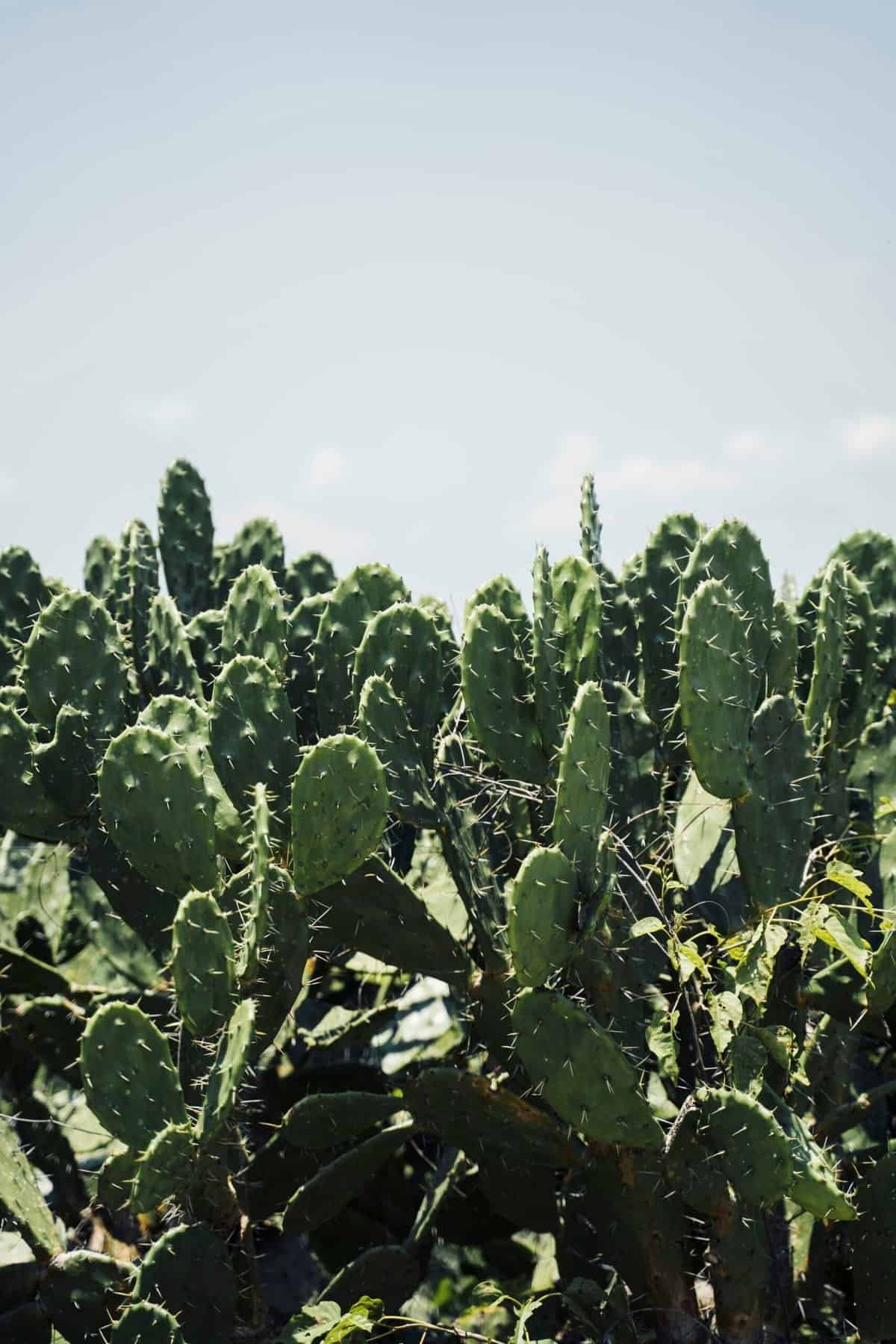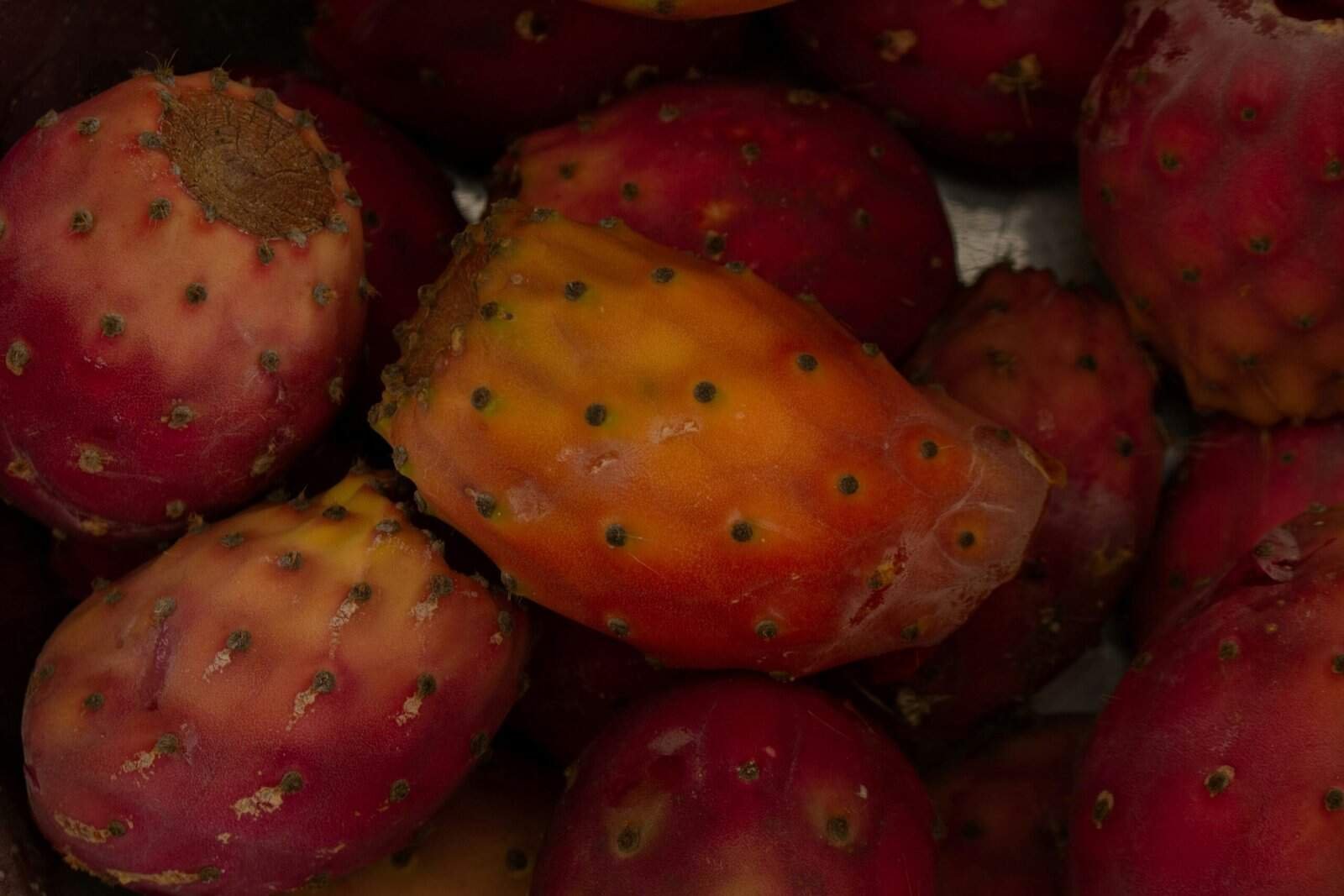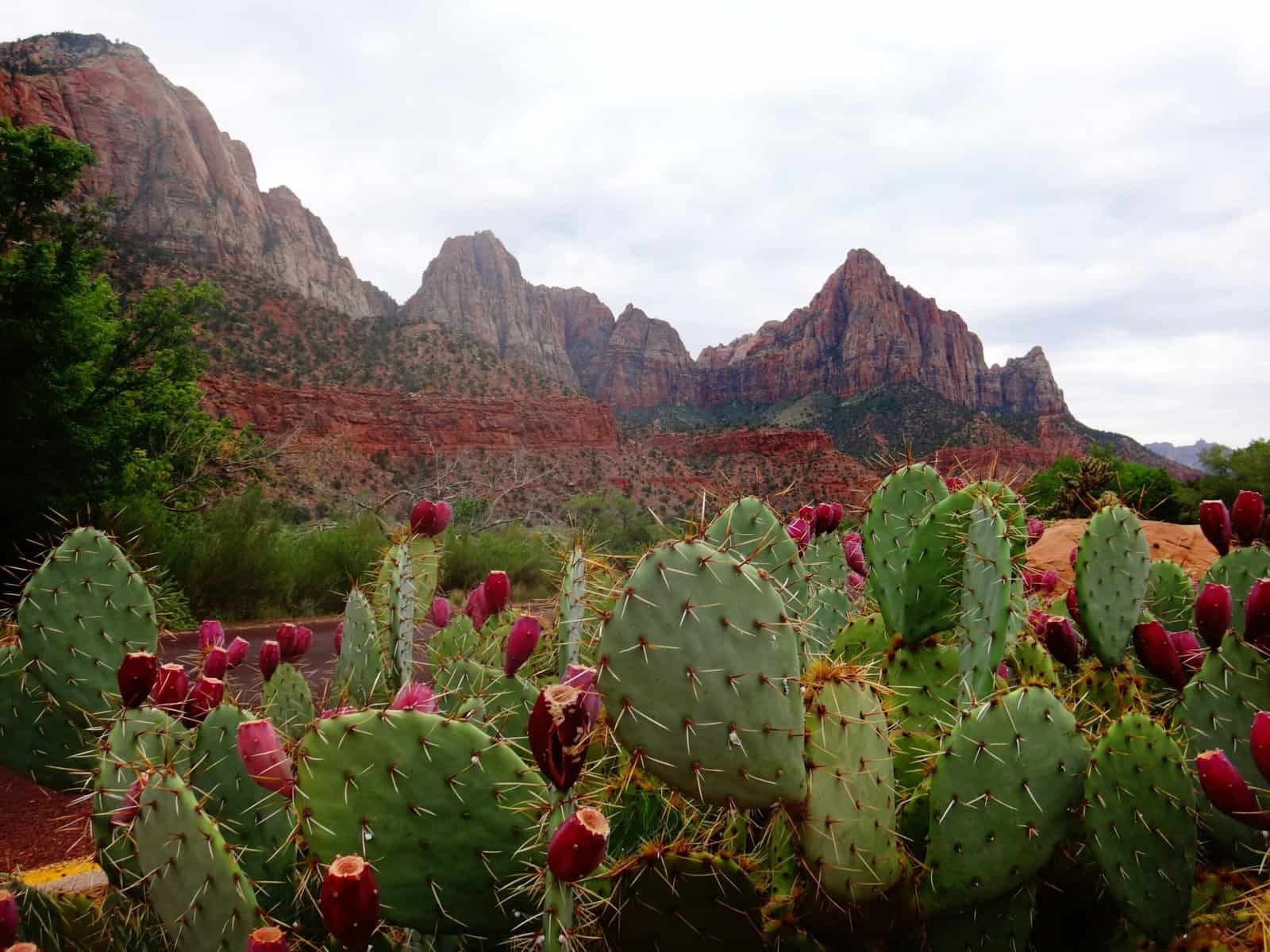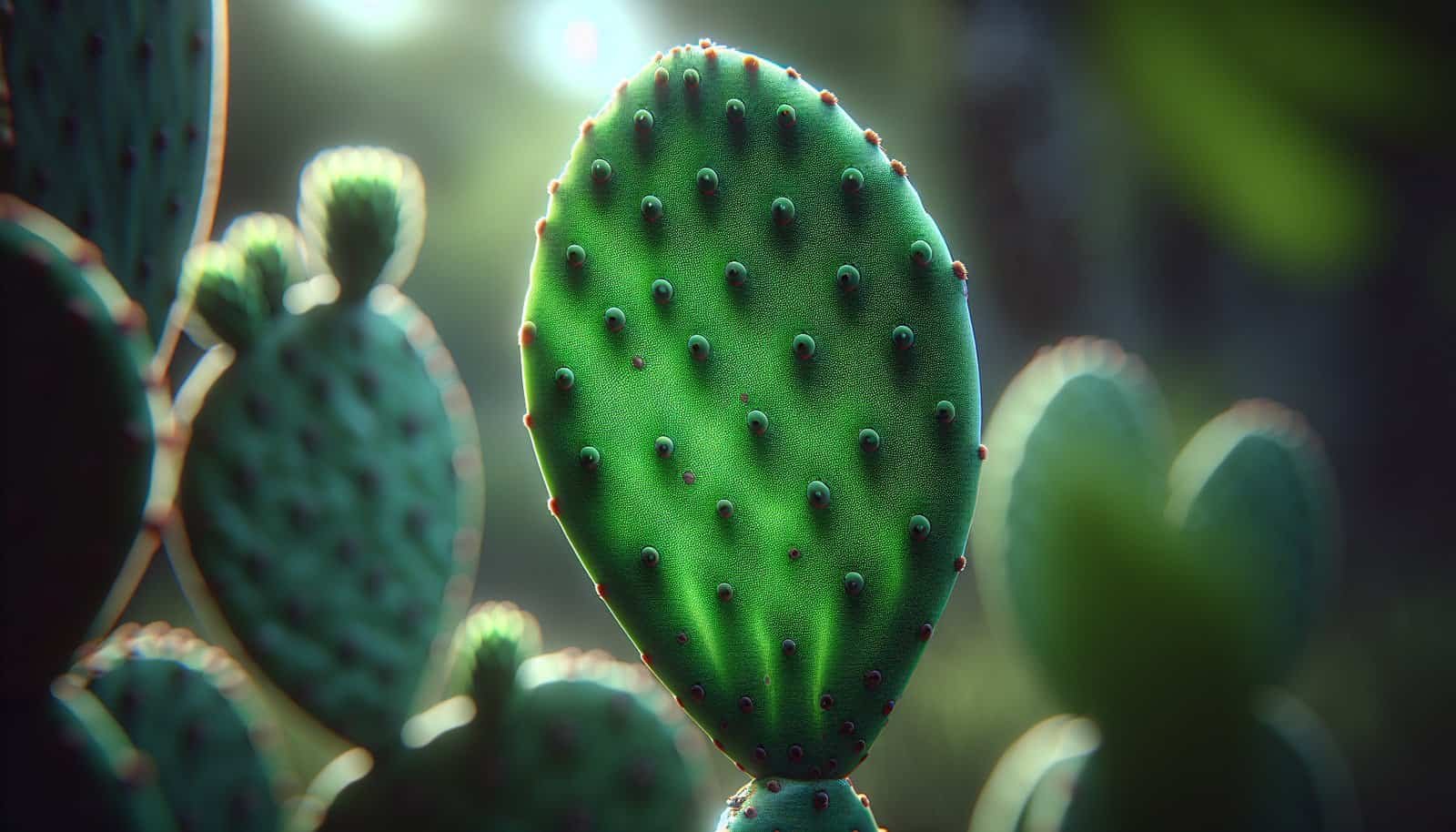Have you ever walked past the produce section of your local grocery store and noticed the bright, unique pads of the Nopal cactus and wondered if you could grow them yourself? It might surprise you to learn that it’s entirely possible to cultivate a full, flourishing cactus from those very store-bought pads. This fascinating process not only adds a striking element to your garden but also introduces you to the rewarding world of cultivating your own plants from scratch. You don’t need a green thumb to achieve this; just a little guidance and patience. Let’s embark on this delightful journey together!
Understanding the Nopal Cactus
The Nopal cactus, commonly known as the prickly pear, is a type of Opuntia. It’s renowned for its thick, flat pads, which serve a multitude of purposes. But what sets the Nopal cactus apart, and why has it become a popular choice for gardening enthusiasts?
Origin and Characteristics
The Nopal cactus is native to the arid regions of North and South America. Its distinctive appearance and adaptability make it a resilient plant in various climates. Known for its ability to store water in its pads, the cactus thrives in hot, dry conditions—ideal for xeriscaping and desert-themed gardens.
Nutritional and Culinary Benefits
Nopal pads are not only decorative; they are also a staple in various cuisines. They can be grilled, boiled, or eaten raw. Rich in vitamins and minerals, including vitamin C, magnesium, and calcium, they offer a healthful addition to any diet. Their tart, slightly citrusy flavor can enhance your meals, making them a culinary asset in any kitchen.
Ecological Role
In the wild, the Nopal cactus plays an essential role in its ecosystem. It provides food and shelter for various wildlife species, including insects and reptiles. For you, adding this cactus to your garden can attract local fauna, enriching your backyard’s biodiversity.
Preparing to Grow Nopal Cactus
To successfully grow a Nopal cactus from store-bought pads, the preparation phase is crucial. Ensuring you have the right materials and understanding the environment you’re about to create will set the foundation for healthy growth.
Selecting the Right Pad
Not every cactus pad you find in the grocery store will be suitable for planting. When choosing a pad, look for one that is vibrant in color, with no signs of bruising or rot. A fresh, healthy pad should feel firm and have no blemishes or dehydration spots.
Gathering Supplies
You’ll need some basic supplies to start your Nopal cactus-growing adventure. Gather a planting container (if you’re not planting directly in the ground), well-draining soil mix, gloves to handle the pads carefully, and rooting hormone, which can enhance the likelihood of rooting success.
| Supplies Needed | Purpose |
|---|---|
| Planting Container | Holds the soil and Nopal cactus pad |
| Well-Draining Soil Mix | Provides the right environment for roots |
| Gloves | Protects your hands from the spines |
| Rooting Hormone | Aids in developing a strong root system |
Understanding the Ideal Conditions
Before you plant your pad, it’s essential to understand what conditions the Nopal cactus thrives in. They love sunlight, require minimal water, and need soil that allows for excellent drainage. Emulating these conditions in your planting area will ensure your cactus thrives.

Planting Your Nopal Cactus Pad
With your preparations complete, it’s time to plant your Nopal cactus pad. This step involves more than just sticking the pad in soil; careful handling and placement are key to successful growth.
Cutting and Drying
If your store-bought pad is part of a larger piece, you’ll need to cut it properly. Use a clean, sharp knife to make a clean cut straight through the joint. Then, allow the cut end to dry for a few days until a callous forms, preventing rot and infection when planted.
Planting the Pad
Once the pad is ready, you’re ready to plant it. Fill your container with the well-draining soil mix and gently insert the pad about an inch or so into the soil, cut end down. Ensure it’s standing upright and supported to prevent it from toppling.
Watering Techniques
Initially, after planting, it’s crucial to water lightly. Allow the soil to completely dry out between watering sessions. Overwatering can lead to root rot, which is the most common issue with growing Nopal cacti.
Caring for Your Growing Nopal Cactus
Once your cactus pad is planted, care and attention will foster its growth and health. While Nopal cacti are low-maintenance, certain care practices will result in a robust plant.
Sunlight Requirements
Position your cactus in an area where it will receive plenty of sunlight. Ideally, 6 to 8 hours of direct sunlight daily will promote healthy growth and pad development. If you’re growing it inside, a sunny windowsill can be ideal.
Maintaining Appropriate Temperature
Although resilient, the Nopal cactus prefers certain temperatures to thrive. It does best in warmer climates; however, if you live in an area with colder winters, consider moving your cactus indoors or providing protection from frost.
Fertilizing Your Cactus
Feeding your Nopal cactus isn’t necessary but can support its growth, especially in nutrient-poor soil. Use a balanced fertilizer sparingly, and only during the growing season to avoid over-fertilization, which can hinder growth.

Troubleshooting Common Issues
Even with excellent care, you might encounter some challenges while growing your Nopal cactus. Being prepared to handle these issues will ease your gardening experience.
Pests and Diseases
Nopal cacti can sometimes attract pests like scale insects and mealybugs. Keeping an eye out and using insecticidal soap or neem oil can help control these. Also, ensure the cactus is not in overly moist conditions, as fungi can cause root rot.
Rot and Mold
Rot can occur if the soil retains too much moisture. Ensure proper drainage and avoid excessive watering. Monitor the cactus pads for any soft spots, which can be early signs of rot.
Unusual Growth Patterns
If your cactus is growing unevenly or looks discolored, reassess its environment. Ensure it’s getting enough light, the right amount of water, and it’s planted in suitable soil. Sometimes, the plant might need to be rotated to receive even sunlight exposure.
Harvesting and Using Nopal Pads
Congratulations! Once your Nopal cactus has grown successfully, you might be interested in harvesting the pads for culinary uses. Here’s how you can do it safely and enjoy them in your kitchen.
How to Harvest
Using a sharp knife, cut the pads in the early morning when they are fully hydrated. Look for mature pads, as they’ll be more flavorful and easier to handle. Remember to wear gloves to protect your hands from the tiny, almost invisible spines.
Preparing Nopal for Cooking
Once harvested, rinse the pads thoroughly to remove any dirt or spines. Then, there are various ways to prepare Nopal; you can grill, boil, or sauté them. Their versatility allows them to complement numerous dishes, much like a vegetable.
Culinary Recipes
Explore traditional recipes that use Nopal, like Nopal salad or incorporating them into tacos. Alternatively, feel free to experiment by adding them to your favorite dishes. The tangy, slightly tart flavor of the Nopal pad can add a new dimension to your meals.

Embracing the Benefits of Growing Nopal Cactus
Growing the Nopal cactus from store-bought pads isn’t just a fun project; it’s an exercise in sustainability and health. As you watch your cactus flourish, you’ll gain a deeper appreciation for plant cultivation and the flavors and nutrition it brings into your life.
Encouraging Sustainability
By growing your Nopal cactus, you contribute to sustainable practices. You’ll be part of a cycle that reduces the need for mass transportation of produce and supports local biodiversity.
Enhancing Garden Aesthetics
Adding a Nopal cactus to your garden dramatically enhances its visual appeal. The unique shape and vibrant pads can become a focal point, especially in xeriscaped layouts, making your garden not only productive but beautiful.
Reaping Health Benefits
Having access to fresh Nopal pads allows you to incorporate them regularly into your diet, capitalizing on their nutritional benefits. It’s a step towards a healthier lifestyle, enjoyed straight from your own backyard.
Embarking on growing a Nopal cactus from a store-bought pad is a rewarding undertaking. You’ll cultivate more than just a plant; you’ll develop your gardening skills, encourage ecological balance, and perhaps even discover new culinary delights. Happy gardening!

